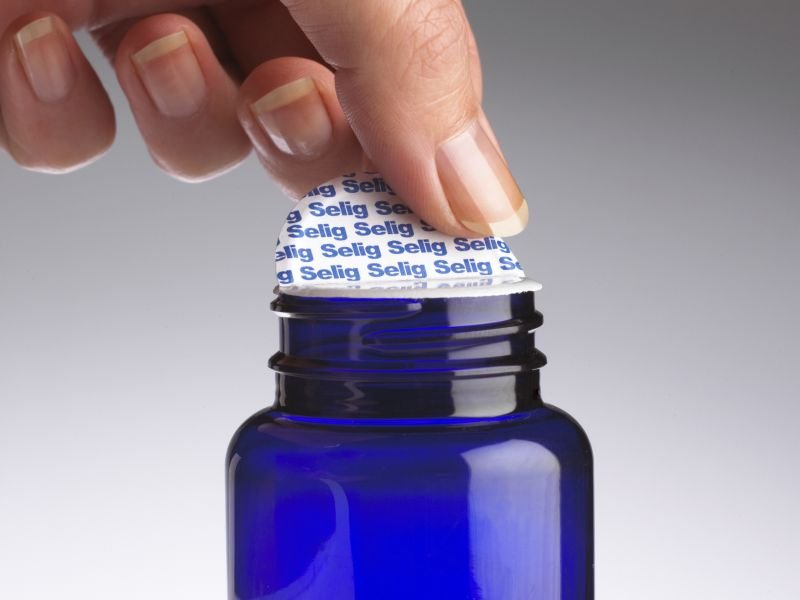Induction sealing is a non-contact heating method that hermetically seals a container with a closure that incorporates a heat-sealable foil laminate within. When the proper seal is applied, the seal cannot be removed without leaving evidence on the container’s lip.
In the 1980s, pharmaceutical firms began employing induction sealing to preserve their over-the-counter (OTC) medicines. The FSSAI accepts induction sealing as a reliable method of delivering tamper-evident packaging. Consumers increasingly demand a ” safety-seal when they open a container containing pills, tablets, or liquid OTC medicines, consumers increasingly demand a “safety-seal.”
Beyond safety, packagers have discovered that an induction seal has other benefits. The airtight seal works as a barrier, preserving the freshness of items such as oysters. Leaks are also avoided by using an induction seal, which may be found on various liquid items such as milk and oils.
For the reasons stated above, several food firms currently use induction seals. Many more people have recently contacted us to define a system solution for their application. For additional information on how a cap sealer works, please send us an email or call us at 022-27688599.

